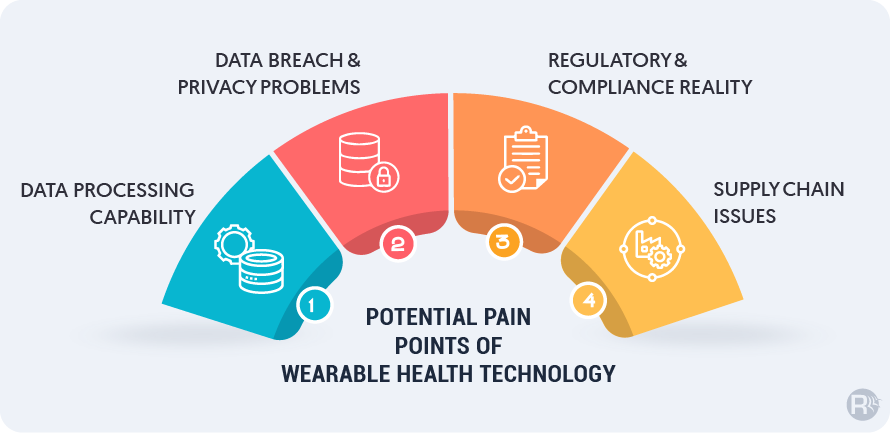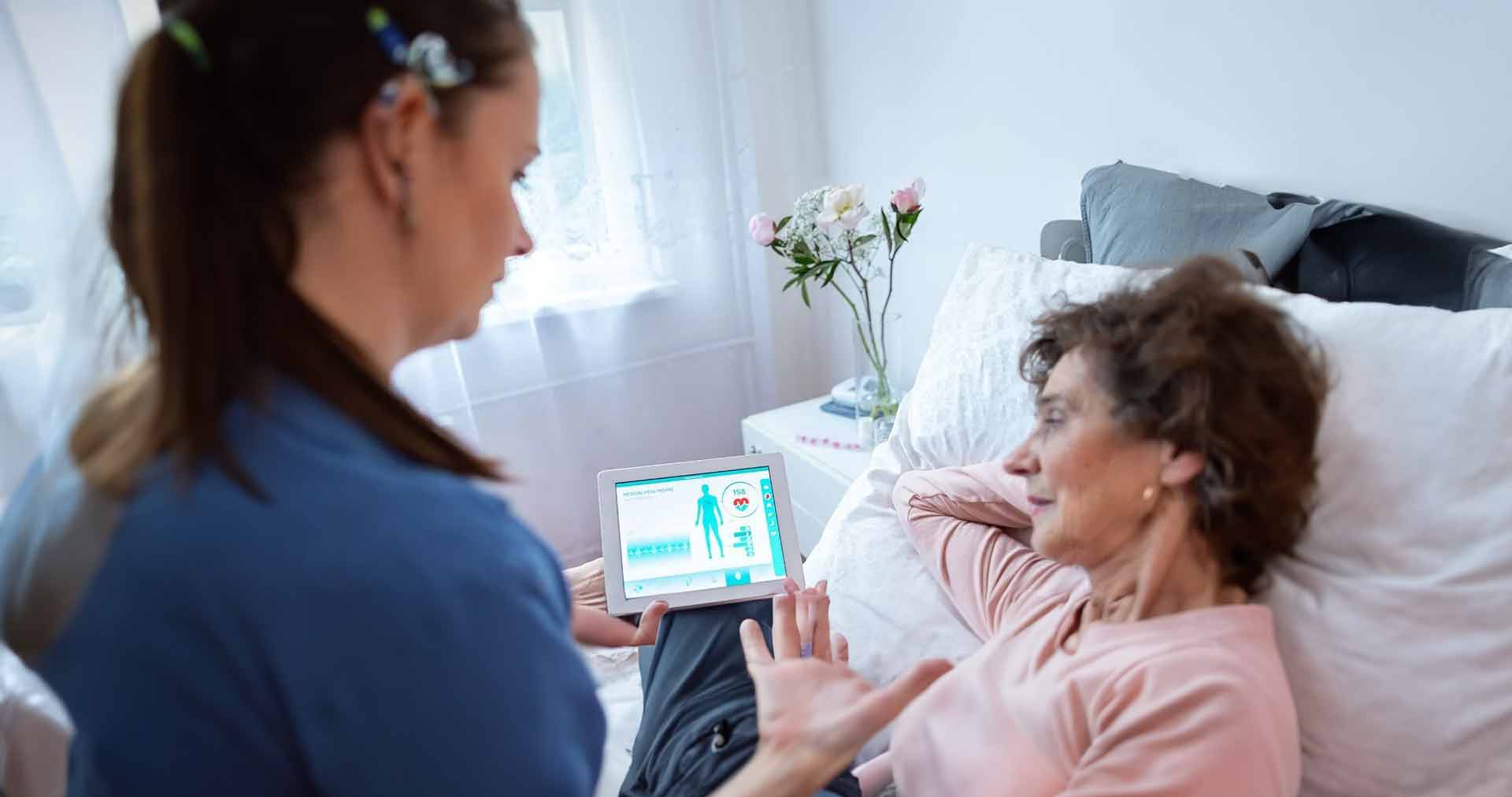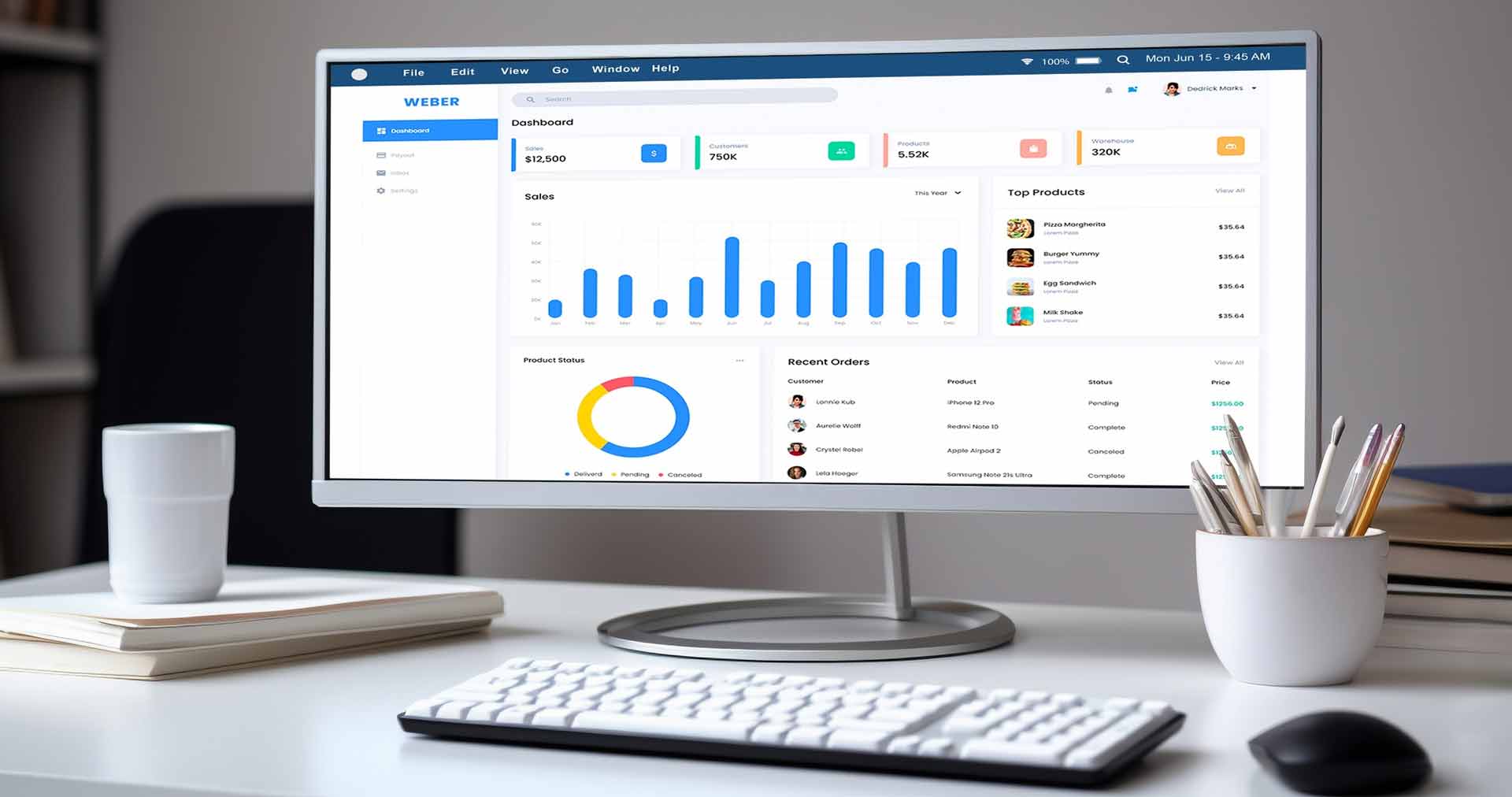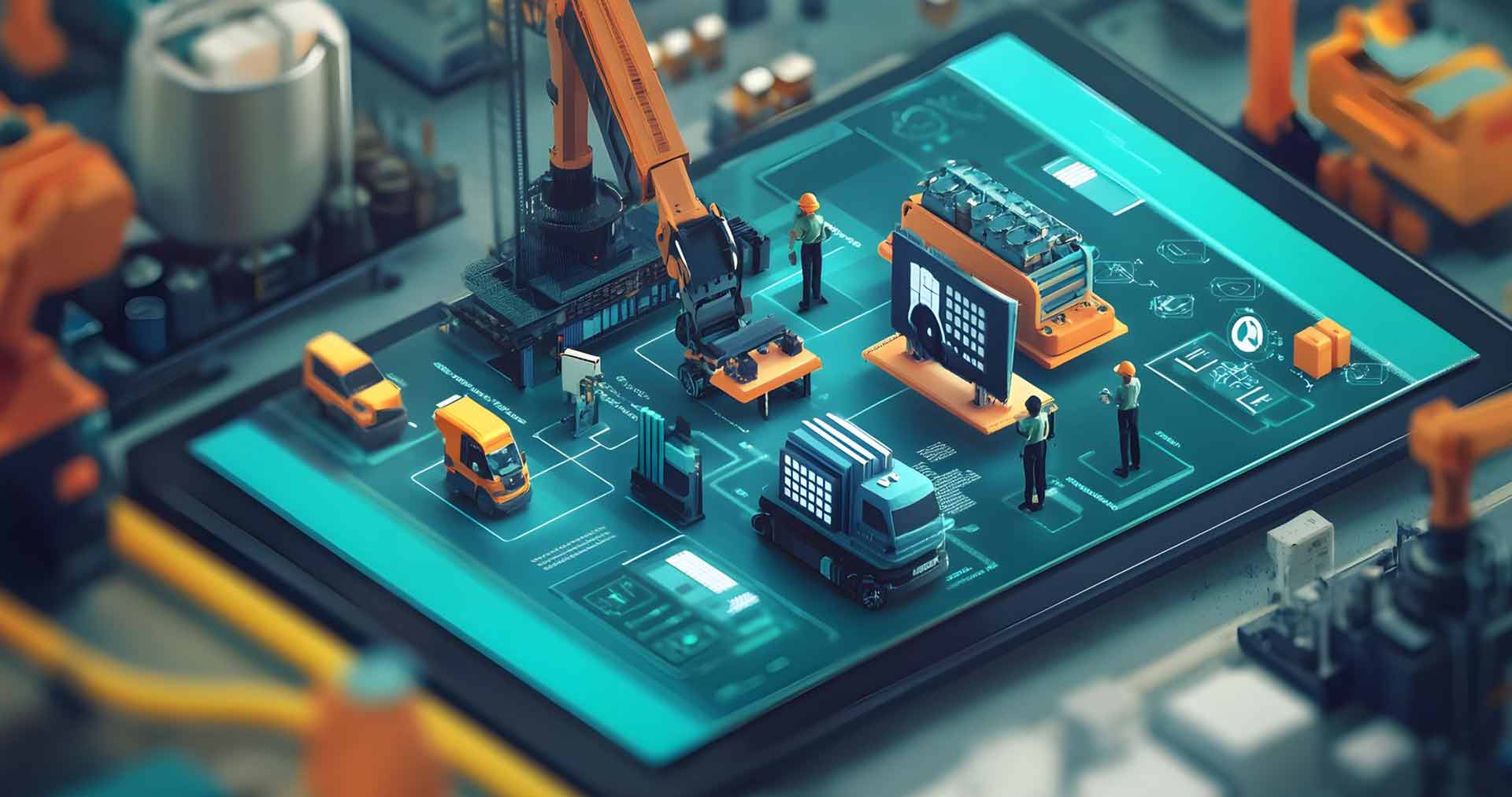Wearable technology is helping shape the healthcare industry. It has evolved from the old school days of wristwatches into an ever-growing technological phenomenon that helps both healthcare professionals and patients to make informed health decisions.
Originally designed to collect users’ health and exercise vitals, these innovative wearables empower self-care with convenient health data collection and interpretation. Today within the healthcare system, wearable health technology focuses on the diagnosis, treatment, monitoring and prevention. These advantages are felt through the entire healthcare value chain with numerous benefits. It includes data tracking, personalized care & advice, patient monitoring to identify & monitor health for better diagnosis with decision making while reducing healthcare costs.
However, when implemented, these devices present both possibilities & pitfalls! Healthcare organizations deploying this new model of care must know how to leverage its predictive capabilities for delivering patient-centered care, on-demand!
This article will offer you a comprehensive rundown of the essentials that you must consider for the successful integration of wearable tech in healthcare.
Why You Need Wearable Technology?
The recent advances in this category are driving value-based care with a clear focus on timely diagnosis, intervention, monitoring, and prevention. These benefits can be felt across the entire healthcare value chain including:
- Remote monitoring & personalized patient care
- Proactive management of potential health issues
- Informed clinical decision making
- Reduced healthcare costs
- Real-time visibility into information libraries
- Access to patient medical data – past & present
Wearable Technology Applications in Healthcare
From remote patient monitoring & data collection to lifestyle tracking & detection of chronic conditions – there exist several applications of wearable health technology in the real world.
Here are some of them listed on how they support medical professionals:
| Biosensor Patch | Adhesive based device that automatically and continuously measures vital signs, body posture and step count, and detects falls |
| Wearable ECG Monitors | Captures medical-grade recordings in 30 seconds and spot inaccuracies efficiently |
| Blood Pressure Monitors | Examines the correlation between routine activities & changes in blood pressure |
| Bluetooth-enabled Skin Patch | Enables monitoring of diabetics’ glucose levels along with heart rate, body temperature, and metabolic byproducts |
| Smart Clothing | Tracks biometric data, such as pulse rate, temperature, muscle stretch, heart rhythm and physical movement |
| Immersive Headband | Identifies the duration and depth of sleep patterns and provides recommendations |
| Smart Glasses | Improve diagnostics for the medical staff with a combination of AR, VR & XR |
| Smart Hearing Aid | AI-powered & helps track health metrics to filter noise and focuses on ringing ears or hearing difficulties |
The Challenges of Implementing Wearables in Digital Healthcare
While wearables empower clinicians to enhance their standards of patient care, they are not without potential concerns.

While they provide you with actionable information for improving health outcomes, their implementation at scale has certain pain points:
- Data Processing Capability: The sheer amount of data that hospitals, clinics, and health professionals collect need processing and analysis. It is along with the right synchronization of data from various sources.
- Supply Chain Issues: The components of most wearable devices come from different providers. This could leave a potential scope for the components within the device vulnerable to attackers.
- Regulatory & Compliance Reality: With the use of wearables in healthcare, the law is the limit. So, when it comes to device and data security, it is important to strike a perfect balance of applicable compliances (GDPR / CCPA, HIPPA / PHI, HITECH, FISMA, CDA, FHIR) between data collection and ethics, worldwide.
How Rishabh can Help Healthcare Organizations while Implementing Wearables Technology
Our experienced team works directly with healthcare providers & institutions to develop a connected healthcare ecosystem. We leverage wearable devices to offer end-to-end monitoring, management & analytics for efficient patient care.
Customizable Dashboards To Track Patient Vitals:
- Help interpret data points on heart rate (ECG and HRV), brainwave (EEG), and muscle bio-signals (EMG) and more
- Fully customizable dashboard by leveraging Microsoft’s PowerBI capabilities
- Dynamic search capabilities for varied values
- Configurable editing rights and role-based access
Enterprise Data Management:
- Consolidation of Comprehensive Patient Information Across Multiple Data Points (ECG, biosensors, smart clothing devices, headband and more)
- Cloud-based data storage & processing by utilizing capabilities of AWS or MS Azure
- Real-time alerts to Clinician Decision Support (CDS) teams
- Advanced risk and disease management
Integration of Mobile Apps with wearable health technology devices
- Custom apps to collect, share and display patient data
- Visualize sensor data remotely over pad and mobile devices
- Partially transfer the CPU load to a smartphone
Embedded Software
- Assistance with developing data collection and transfer capability for wearable devices
- Custom healthcare monitoring software development for integration with cloud and other devices
- Custom firmware
- Middleware: Voice assistants, SDKs, drivers & ML-based solutions
Benefits of Collecting & Processing Data from Wearable Devices
- Early Diagnosis & Remote Patient Monitoring: The medical solutions integrated with these wearables can track vitals for detecting underlying symptoms at an early stage. Also, physicians can track outpatient data in real-time and stay on top of any issues that affect the patient’s health and well-being.
- Proactive Care Management: Real-time visibility into data contributes to self-monitoring of chronic conditions. Different devices that create an ECG graph or help regulate blood pressure & sugar generate data that is uploaded to a mobile app or a dashboard for a detailed overview. This ensures a seamless follow-up design that reflects the progress and guides further intervention from health experts.
- Real-time Data Storage & Transfer: This not only enables in-depth analysis of healthcare information but also provides a comprehensive and accurate patient history report. The reports can be shared with other stakeholders (doctors and specialists) in the healthcare ecosystem to facilitate remote collaboration if required.
Important Considerations for Successful Implementation
With an equal share of potential and perils, how do healthcare organizations efficiently implement wearable technology?
- Careful assessment of all potential risks such as authorization and authentication issues. You can deploy robust defenses such as geolocated or multifactor access.
- No digitalized environment is completely safe from threats and attacks. Providers must prepare to spot, uncover, and remediate any risk to their digital device networks.
- To meet patient expectations concerning privacy, the incident recovery mechanism must ensure transparent communication across devices and employ targeted measures to mitigate ongoing risk.
- Healthcare organizations need to shift their approach from cybersecurity to cyber resiliency. This means that reactive defense is no longer beneficial. You must evolve and adapt to emerging security standards and deliver on patient-centered expectations.
To conclude
Despite the challenges, wearables are here to stay as they offer significant benefits to both patients and providers. With the uncertainty that exists, a trusted technology partner can help organizations avoid issues and enable you to enjoy the benefits of wearable tech. This is along with proactive management of privacy, security, and adherence to regulatory compliance policies.











 30 Min
30 Min


